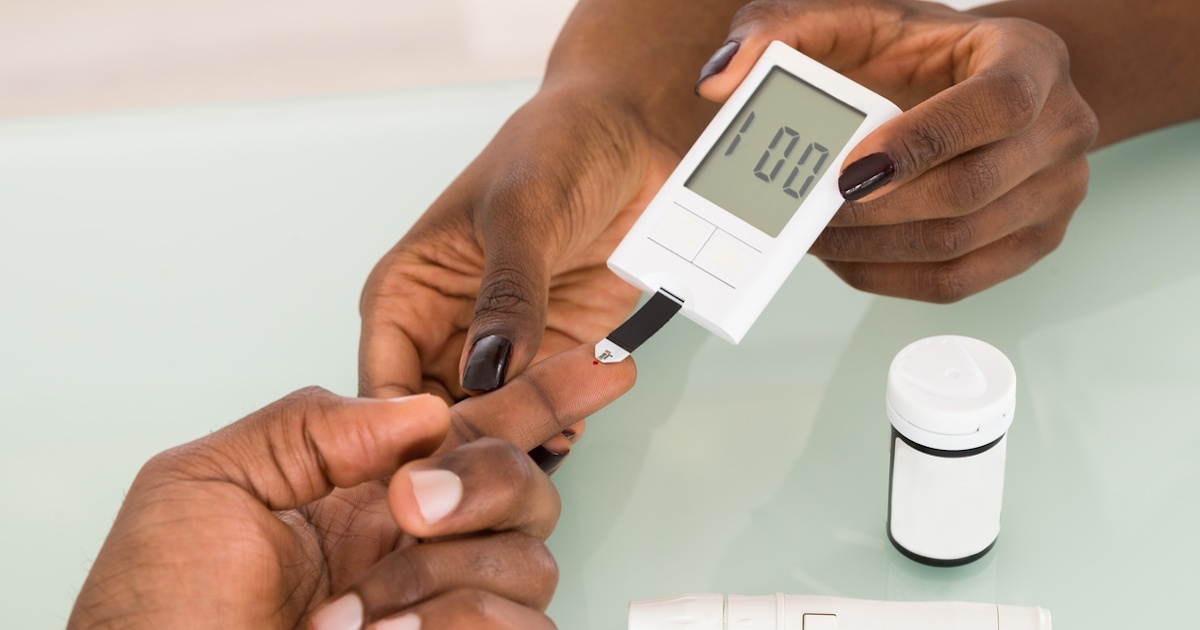How To Treat And Manage Diabetic Neuropathy
Diabetic neuropathy is serious, and patients need to take measures to treat and manage it. This neuropathy can occur in various places, especially the feet and hands. While the effects of diabetic neuropathy cannot be reversed, a patient can take measures that will slow its intensity. With proper treatment and management, the patient can lead a more fulfilling life. Success is based on whether or not the patient decides to follow the directions of the doctor. If the patient is noncompliant, diabetic neuropathy will progress and potentially cause additional medical problems. Diabetic neuropathy reduces the nerve sensation, which means the patient could injure their foot and not even feel it. It makes it difficult to get around and affects the quality of life.
Maintain Blood Sugar Levels

Individuals must maintain their blood sugar levels and pay increased attention to them if they have diabetes. This is achieved by monitoring the levels with a glucose meter and finding the right medicine. A diabetes patient can manage their blood sugar levels by taking the medication recommended by the doctor. However, some patients must inject insulin to maintain their blood sugar. Patients must also have routine blood work done, which will let the doctor know if they have been compliant with the medication or if they need a change.
The routine testing will include an A1C test, which measures the blood sugar for three months. High blood sugar injures the nerves, especially in the feet, causing diabetic neuropathy. This will cause pain, tingling, or numbness in the feet, all of which make it difficult feel if there is anything wrong with them, leading to other medical problems. Maintaining normal blood sugar, whether it is done with medication or lifestyle change, is vital in controlling diabetic neuropathy.
Anti-Seizure Medication

There are continually new applications for current medications established by doctors and researchers. One such drug is anti-seizure medications. Drugs originally used for seizures have been found to help with chronic pain, including pain that's the result of diabetic neuropathy. So, for years some medications have been used to treat seizures and have now been approved by the Food And Drug Administration to be used to treat chronic pain, like neuropathy.
Some of those drugs are gabapentin and carbamazepine. These drugs may serve as a primary way to control the diabetic neuropathy pain, or they may be used alongside other drugs, like opioids. However, the patient should work with their doctor to find the medication that will work best for their situation. It is important to always follow doctor directions when taking any medication to see the best results with minimal chances of side effects.
